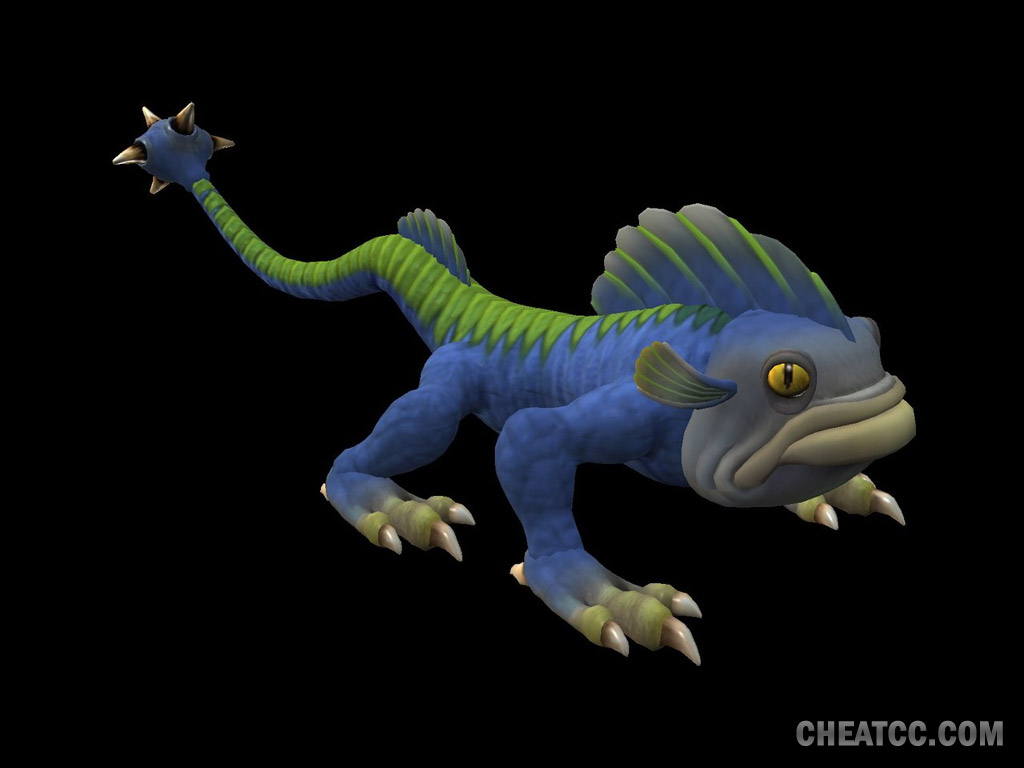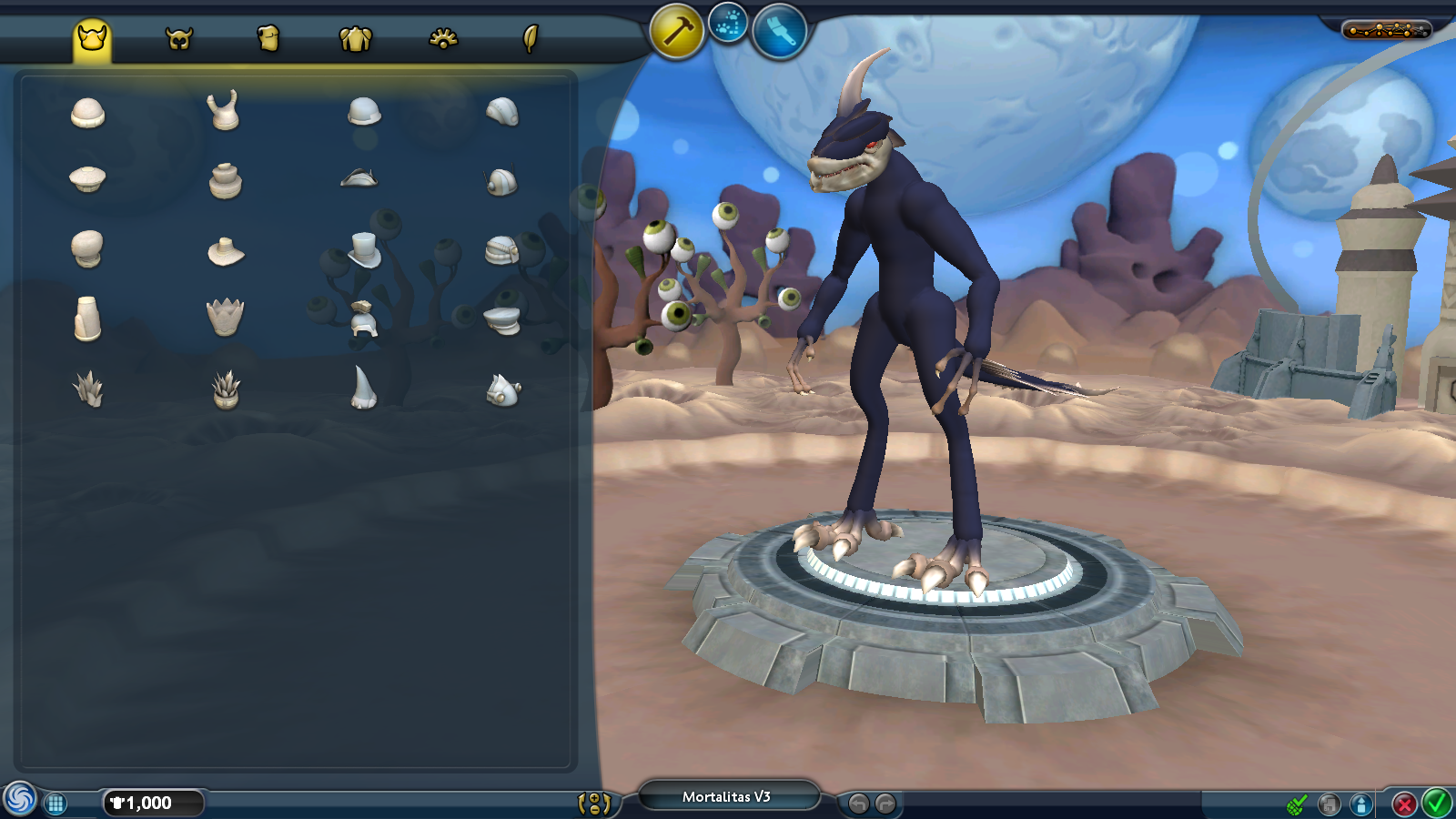
All of these things together create the kind of strategies that you get to play out once you get the game. There are also movement parts that give creatures the ability to sneak and jump and glide. If I want to attack and win by brute force, then I’m probably going to invest more in the combat parts. So, if I’m going to decide I want to socialize with a number of other species, I’m probably going to opt to put on more socializing parts and create my possibilities there. There’s AI in the game, and creatures will behave based on the parts that you’ve added to them. For instance, a charm part might be a little flower, or some sort of antenna might give you the charm ability. With the Creature Creator, you can put these things on. Socializing parts, for example, give you the ability to charm other creatures, to dance, to sing, or to pose. LB: The creatures’ abilities come from the parts that players choose to put on them.

TR: Can you offer an example of how procedural generation gives meaning to the design choices that a player makes when building a creature? Secondary creatures are controlled by artificially intelligent software, not by other players. The game is entirely populated with creatures created by players, but it’s not a multiplayer game. While using the Creature Creator, each choice that a player makes to design the look of her organism affects how it moves or interacts with others. Rather than having game designers build thousands of 3-D models of creatures in advance and program their behavior, he had the staff develop algorithms to animate the creatures that players built, using a technique called procedural generation. When Wright first began talking about Spore in 2005, he expressed a vision of extreme player control. The game’s algorithms generate behavior for the creatures based on the features of physical characteristics selected by players.

Below is a screenshot showing examples of creatures that could be built using the game’s Creature Creator. Spore creation: Lucy Bradshaw, executive producer of the highly anticipated evolution game Spore, says that the game’s approach to programming affects game play and player control, making characters more customizable. The Creature Creator part of the game consists of a modeling interface that lets players build their own organisms from a set of highly customizable and flexible parts. Created by Will Wright, who’s known for the video games SimCity and The Sims, Spore begins with a player controlling a single-celled organism and progresses through various evolutionary stages until the player controls an entire space-faring race. The Creature Creator, the first piece of Electronic Arts’ highly anticipated evolution game Spore, launched Tuesday.


 0 kommentar(er)
0 kommentar(er)
